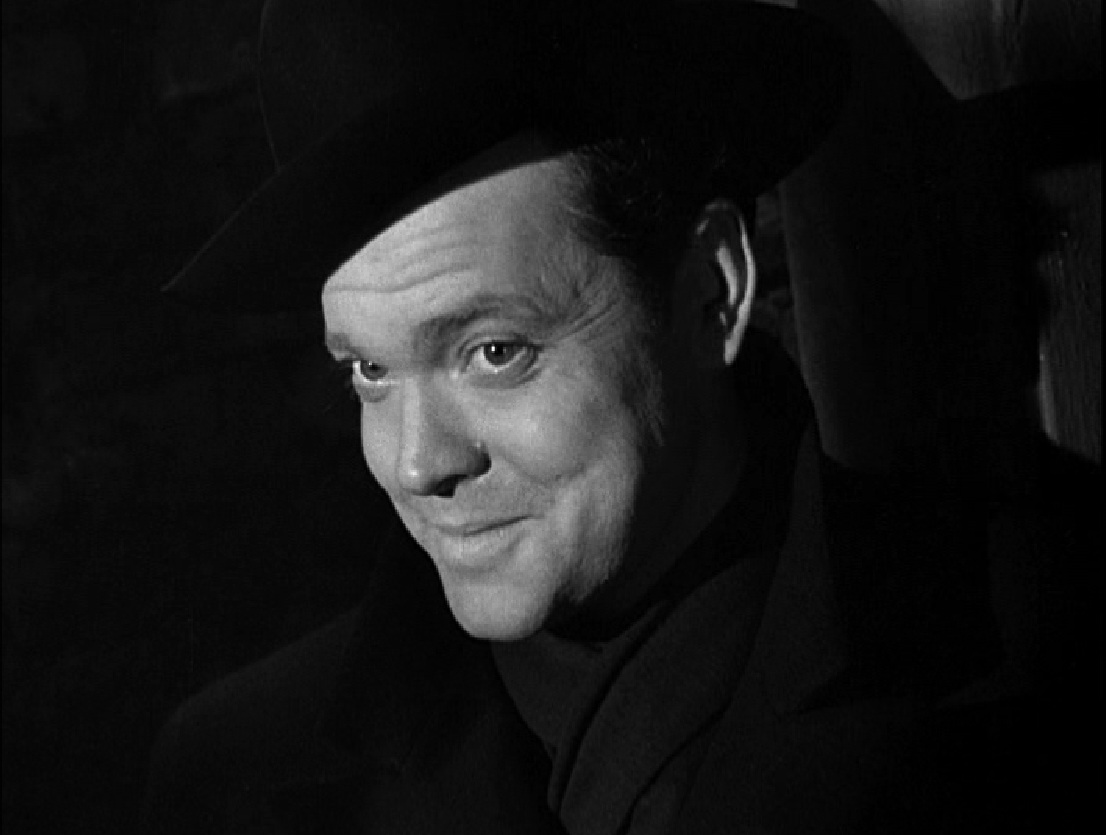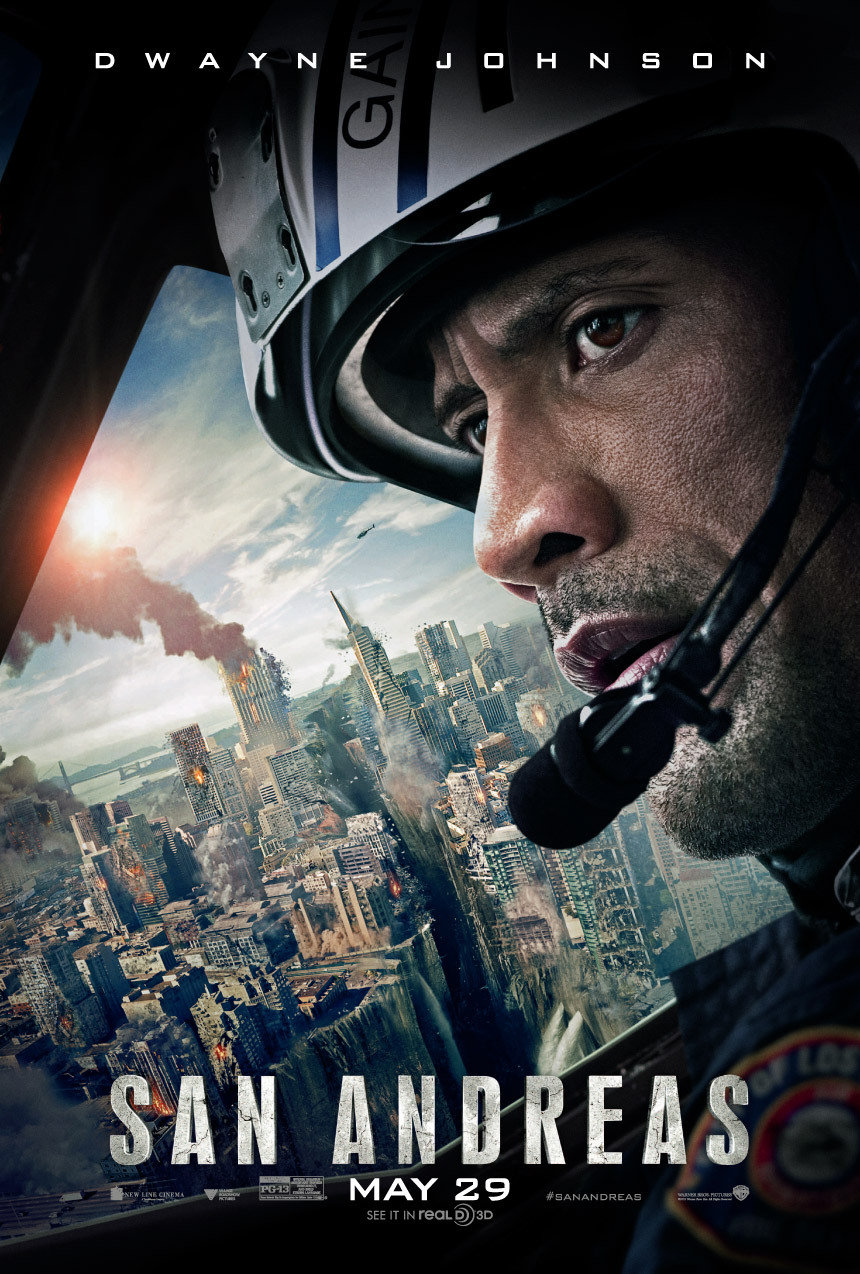 The Third Man is
reappearing in twelve cinemas across the UK this week, including Bristol’s very
own Watershed cinema, as part of the BFI’s Orson Welles season, to celebrate a
century since the famed auteur’s birth.
The Third Man is
reappearing in twelve cinemas across the UK this week, including Bristol’s very
own Watershed cinema, as part of the BFI’s Orson Welles season, to celebrate a
century since the famed auteur’s birth.
In this film, we follow pulp-western author Holly Martins
(Joseph Cotton) into post-war Vienna, who has been promised work by his old
school friend, Harry Lime (Orson Welles). Yet, as Martins arrives in the
Austrian capital, he is informed that Lime has recently perished in a car
accident, where two of Lime’s friends were witnesses. Understandable shock
shifts to unsurprising cynicism, when Martins learns of contrasting stories
regarding Lime’s death, one of which recalls an unidentified third man at the
scene of the tragedy. It all becomes apocryphal, thus, aided by his deceased
friend’s actress girlfriend, Anna Schmidt (Alida Valli), and whilst ignoring
the warnings of Major Calloway of the British Army Police (Trevor Howard),
Martins attempts to demystify the mystery around the arcane demise of his old
chum, Harry Lime.
 Studio interference almost irreparably maimed this picture,
with heavyweight producer David O. Selznick requesting that the film be made on
studio lots rather than on location. Other potential alterations included Noel
Coward being cast as the enigmatic Harry Lime, rather than Welles, and that the
film should have an upbeat score, rather than the unforgettable, note-perfect zither
sound performed by Anton Karas. Roger Ebert aptly described it as ‘jaunty
but without joy, like whistling in the dark’. Luckily, for the legacy of The
Third Man, Carol Reed, the director, stood up to O. Selznick, and declined his,
shall we say, suggestions. With his creative licence unrevoked, Reed went on to
make one of the greatest films ever made, with some of the most famous
sequences in the history of cinema.
Studio interference almost irreparably maimed this picture,
with heavyweight producer David O. Selznick requesting that the film be made on
studio lots rather than on location. Other potential alterations included Noel
Coward being cast as the enigmatic Harry Lime, rather than Welles, and that the
film should have an upbeat score, rather than the unforgettable, note-perfect zither
sound performed by Anton Karas. Roger Ebert aptly described it as ‘jaunty
but without joy, like whistling in the dark’. Luckily, for the legacy of The
Third Man, Carol Reed, the director, stood up to O. Selznick, and declined his,
shall we say, suggestions. With his creative licence unrevoked, Reed went on to
make one of the greatest films ever made, with some of the most famous
sequences in the history of cinema.  Perfection is supposedly unattainable, though The Third Man
resists this claim. How can it be bettered? Graham Green’s script, of which the
dialogue is channelled flawlessly by the actors, is brilliantly written, the
words chime corruption and, in Holly Martins case, uncertainty. Robert Krasker’s
black and white expressionistic cinematography, which won the film’s only
Academy Award, nourishes the mise-en-scene and forebodes the ominous events
ahead. The Third Man does not paint itself with an oneiric brush, which is
conventional to most film noirs. Instead the bleak reality is refulgent, even
in Krasker’s unlikeliest shot of a cat circling round the shoe of a stranger
nestled in the shadows; the revenant Lime. The ‘sewer chase’ climax is a riveting
sequence, superbly edited by Oswald Hafenrichter. Many of the performers appear
in their finest roles, with a never better Cotton proving that the ‘lead’
suited him. The sardonic Howard would in normal circumstances steal the
limelight, had the light not shown Welles as Lime. I am sure that was purposeful.
He, along with his self-scribed monologue that satirises Switzerland, which
acts as his justification of his own insouciance toward his shady crimes, is THE THIRD MAN. Not just the
character, but the film. That is not to discredit the other key players, who I
have credited profusely throughout this review. Welles, who meets the camera for
barely twenty minutes, is iconic. Arguably, this trumps Kane as his most
popular onscreen appearance. It might also trump hearing him voice Optimus
Prime in Transformers: The Movie.
Perfection is supposedly unattainable, though The Third Man
resists this claim. How can it be bettered? Graham Green’s script, of which the
dialogue is channelled flawlessly by the actors, is brilliantly written, the
words chime corruption and, in Holly Martins case, uncertainty. Robert Krasker’s
black and white expressionistic cinematography, which won the film’s only
Academy Award, nourishes the mise-en-scene and forebodes the ominous events
ahead. The Third Man does not paint itself with an oneiric brush, which is
conventional to most film noirs. Instead the bleak reality is refulgent, even
in Krasker’s unlikeliest shot of a cat circling round the shoe of a stranger
nestled in the shadows; the revenant Lime. The ‘sewer chase’ climax is a riveting
sequence, superbly edited by Oswald Hafenrichter. Many of the performers appear
in their finest roles, with a never better Cotton proving that the ‘lead’
suited him. The sardonic Howard would in normal circumstances steal the
limelight, had the light not shown Welles as Lime. I am sure that was purposeful.
He, along with his self-scribed monologue that satirises Switzerland, which
acts as his justification of his own insouciance toward his shady crimes, is THE THIRD MAN. Not just the
character, but the film. That is not to discredit the other key players, who I
have credited profusely throughout this review. Welles, who meets the camera for
barely twenty minutes, is iconic. Arguably, this trumps Kane as his most
popular onscreen appearance. It might also trump hearing him voice Optimus
Prime in Transformers: The Movie. 

